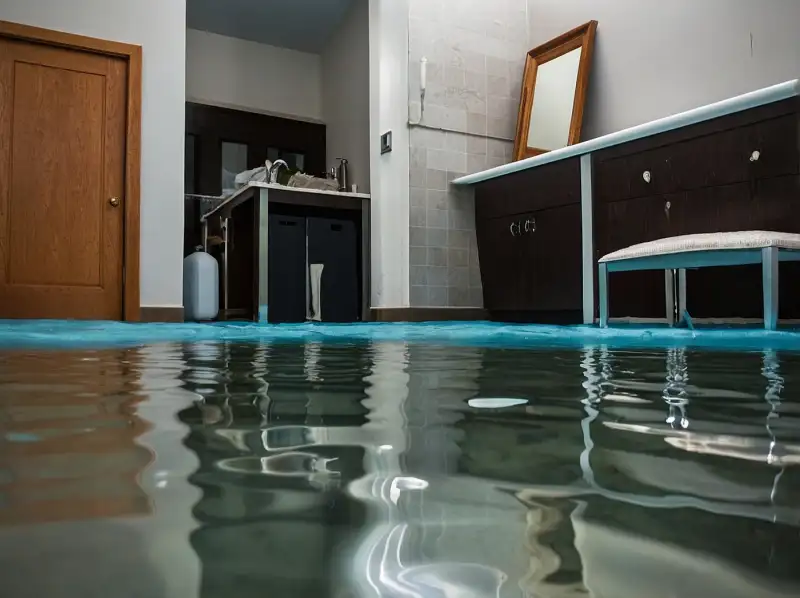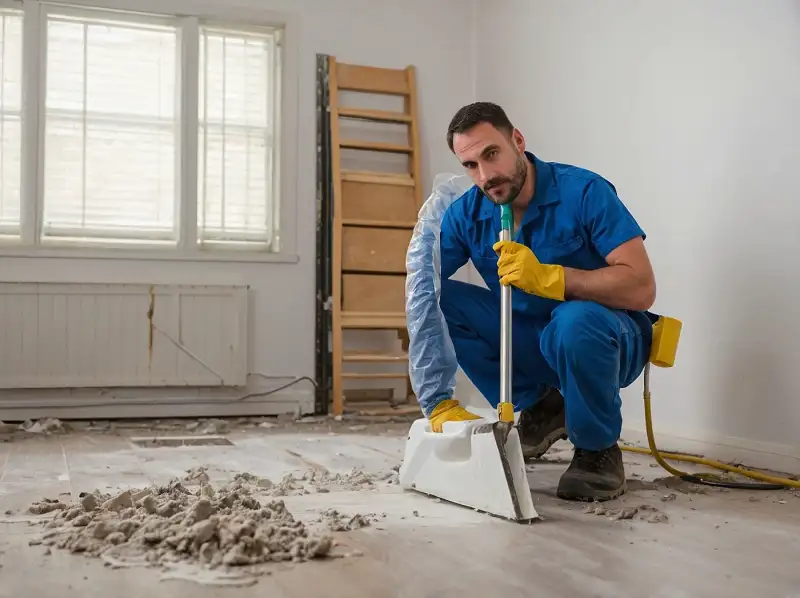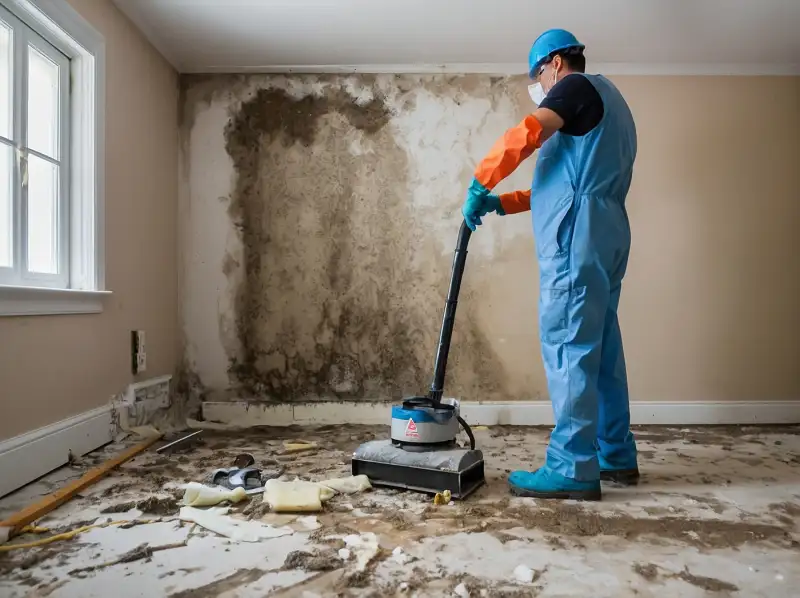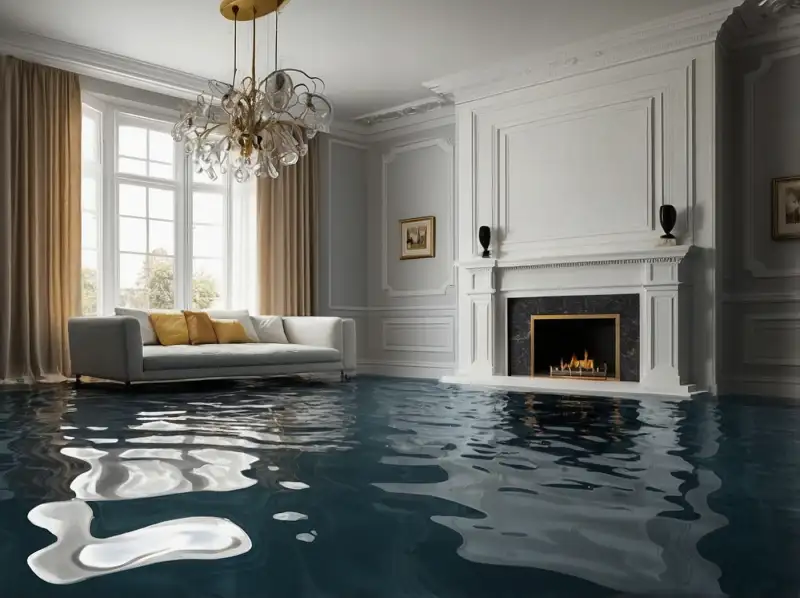
28
Aug
Expert Water Damage Restoration in Edmonton: What You Need to Know
Water damage can occur for various reasons, from severe storms to plumbing failures. For homeowners in Edmonton, understanding how to handle water damage is crucial to protect your property and maintain its value. In this post, we will explore the causes of water damage, how to identify the signs, and the steps you should take for effective water damage restoration in Edmonton.
Understanding Water Damage in Edmonton
Water damage refers to any damage caused by water intruding in areas where it can cause harm to building materials or personal property. In Edmonton, common causes include:
- Heavy rainfall and flooding, particularly during spring melt.
- Leaking roofs or windows, especially in older homes.
- Broken pipes, which can result from temperature fluctuations during winter months.
- Sewage backups, often exacerbated by heavy rainfall in surrounding areas like St. Albert and Sherwood Park.
Common Signs of Water Damage
Identifying water damage early is essential for minimizing its impact. Here are some signs to look out for in your Edmonton home:
- Stains on walls or ceilings: Yellow or brown spots can indicate water accumulation.
- Mold growth: Mold thrives in damp environments, so if you notice mold in areas like bathrooms or basements, it could be a sign of water damage.
- Unpleasant odors: A musty smell often suggests hidden water damage.
- Warped or buckled floors: If your floors are bending or bulging, it may be due to trapped moisture beneath.
The Water Damage Restoration Process
If you suspect water damage in your Edmonton home, it’s crucial to act quickly. Here’s a step-by-step guide to the restoration process:
- Contact our restoration experts: The first step is to reach our water damage experts for immediate assistance. Quick response minimizes damage.
- Assessment: A professional will assess the extent of the damage and determine the best course of action.
- Water extraction: Specialized equipment is used to remove standing water quickly.
- Drying: Thorough drying of affected areas is essential to prevent mold growth. Fans and dehumidifiers are typically employed.
- Restoration: This may involve repairing or replacing damaged materials, such as drywall, carpeting, or flooring.
Why Choose Professional Water Damage Restoration?
While some homeowners may attempt DIY methods for water damage recovery, it’s often more effective and safer to hire professionals. Here’s why:
- Expertise: Restoration experts possess the knowledge and experience to address all aspects of water damage efficiently.
- Advanced equipment: Professionals use industrial-grade equipment that is not readily available to homeowners.
- Insurance assistance: Working with a restoration company familiar with insurance claims can help streamline the recovery process.
Local Considerations for Edmonton Residents
Being aware of local factors can help you better prepare for potential water damage. For instance, areas near the North Saskatchewan River, such as downtown Edmonton, can be susceptible to flooding during spring thaws. Likewise, neighborhoods in the outskirts may face risks from heavy rainfall or ice damming during winter.
If you’re a property owner in Edmonton or its neighboring areas, it’s vital to stay informed about the risks of water damage. Should you need assistance, remember to contact our restoration team for expert guidance and support.
Conclusion
Water damage can be a daunting challenge for homeowners in Edmonton, but understanding the causes, recognizing the signs, and knowing the restoration process can empower you to take swift action. If you ever find yourself dealing with water damage, don’t hesitate to reach our water damage experts for immediate assistance. Protect your home and your peace of mind with professional water damage restoration services.
For more information about our services, visit our service areas page and see how we can help you in Edmonton and surrounding communities.



